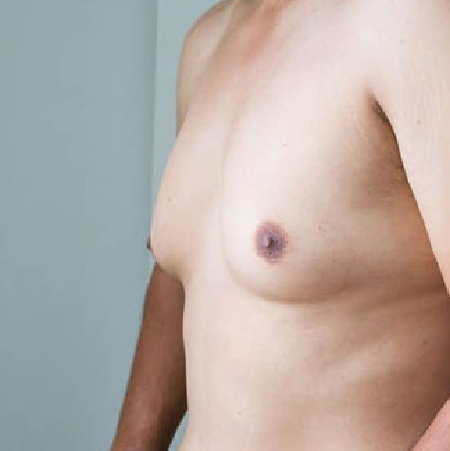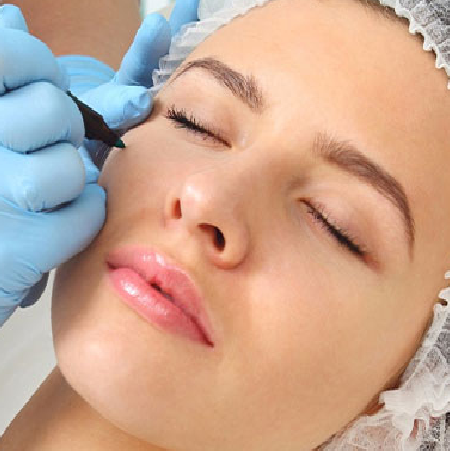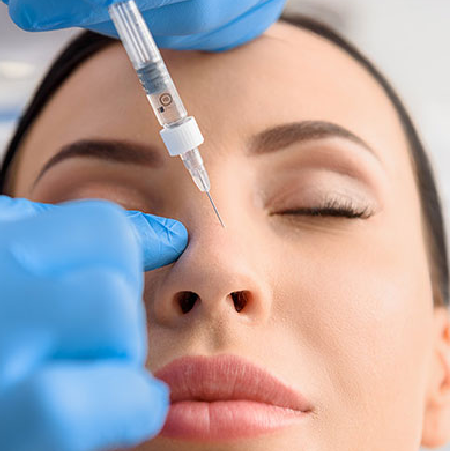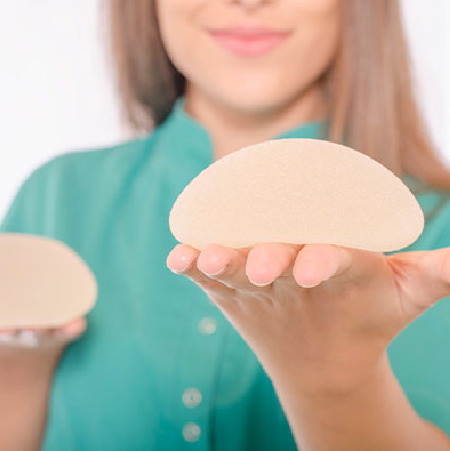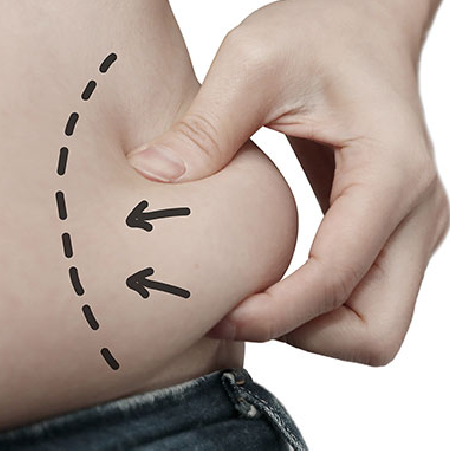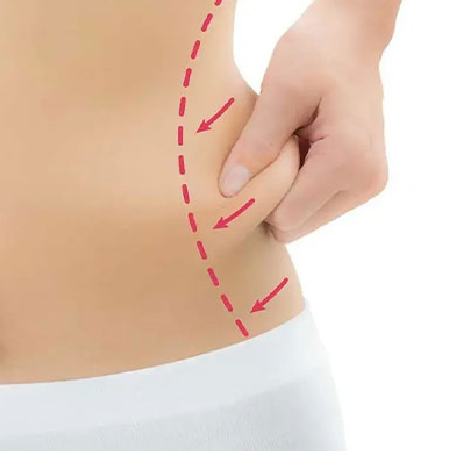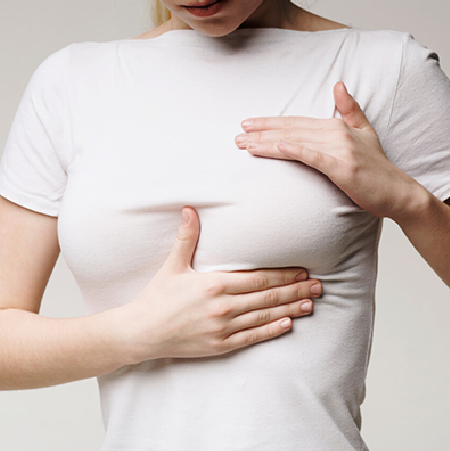What are the risks of rhinoplasty?

Rhinoplasty which is known as nose job is a cosmetic procedure in order to improve the shape of your nose. It can be done not only for cosmetic reasons but also for improving breathing difficulties and treating the problem which happened after the accident.
With the advancement of science and techniques in recent years that are used in cosmetic surgeries including rhinoplasty, the complications of these surgeries have been minimized and even a skilled surgeon can reduce the complications of it to a very small extent.
Like any other surgery, rhinoplasty has its own complications including:
- Intranasal adhesion: if the surgeon doesn’t pay enough attention to the surgical incisions and if the patient doesn’t wash his/her nose frequently after the surgery, intranasal adhesion may happen.
- Remaining nasal deviation: If the patient has respiratory problems with deviation of the nasal septum, a treatment process called septoplasty is performed for the patient, aside from rhinoplasty procedure.
This deviation is mainly determined in CT scan of the patient.
If septoplasty is not performed or even performed incompletely, this deviation will remain and the patient would have his/her previous problem after the surgery.
- Narrowing of the external and internal nasal valves: If the nostrils become too small, the person will have trouble in breathing.
- Injury to the lacrimal duct: This complication occurs when the width of the nasal bone is reduced too much and the person experiences tears for a long time.
- Decreased sense of smell: The olfactory nerve terminals are located in the upper part of the nasal cavity, this area is not usually manipulated during rhinoplasty, so there is no possibility of damage to the sense of smell after surgery unless the surgeon manipulates this area due to the large polyp or other reasons.
- Nasal skin damage
- Excessive narrowing of the nasal fins Excessive narrowing of the tip of the nose
- Saddle-shaped nose: I happens due to excessive removal of the nasal hump.
Anesthesia related complications
- Numbness or pain in the skin which most of the time is temporary: the nasal tip and the inferior part of the columella are usually involved. Normally sensitivity recovers within 12 months.
- Infection: Infection can be prevented if aseptic technique is observed and everything be done in sterile environment. However, some patients due to the weakness of their immune system and certain physical and medical conditions may have infection despite following all the principles of aseptic, which can be treated with antibiotics and wound care techniques.
- Nasal septal perforation
- Swelling
- Bruising
- Possibility of revision surgery
· Transplants and implants complications: The main risks for implants and transplants in the nose are infection, extrusion, distorsion and resorption. In general these complications happen in less than 1%.
- Limited swelling and periorbital hematomas: which are normal after rhinoplasty surgery
- Lipogranulomas (paraffinomas): are caused by dislocation of ointment material from nasal packings into the subcutaneous plane. The material can enter this area through vestibular incisions or defects at the nasal dorsum. To prevent this complication, all vestibular incisions should be closed with sutures.
- Scarring after surgery: listen to your surgeon’s order and use the drugs and ointments as it has been prescribed to reduce the remaining scar after the surgery.
Mistakes in technique and preoperative planning, uncorrected deformities, instabilities and over resections can be distinguished. Inadequate planning in particular can cause a severe postoperative deformity.
The patient is given the necessary advice on how to lie down and sleep after surgery, not to hit the nose, how to tape the nose, do not smoke, etc. These cases can have a significant impact on the outcome of rhinoplasty and ultimately a person’s satisfaction with rhinoplasty.
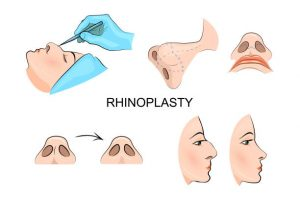
vector illustration of rhinoplasty. cosmetic surgery. aesthetic medicine. vector
Post-operative instruction for the Rhinoplasty surgery
- After the rhinoplasty surgery, the patient should avoid eating or drinking up to 6 hours because of nausea and vomiting that may happen Due to slowing of stomach and intestinal movements that happens during general anesthesia. After this time you can start to drink water and juice. The second day you can eat soft foods and from the third day onwards you can eat whatever you want.
- Use cold compresses on the cheeks and around the nose for up to 48-72 hours. This will minimize your swelling and bruising.
- Lying down too much after the operation causes your nose to swell, so try to lie down as usual after the operation.
- From the third day onwards, light work such as light housework, office work, computer work and etc., Is unrestricted.
- One week after the operation, you will go to the office to remove the silicone splint on the nose. In cases where the nose has been operated in a closed manner, you should go to remove the mesh inside the nose 48 hours after the operation. During this time the dressing of your nose should not get wet, so for bathing, you should wash yourself from the neck down with a hand shower and then sleep to have someone else wash your hair without getting your dressing wet.
- To relieve postoperative pain, use only plain acetaminophen or codeine as a painkiller and avoid medications such as ibuprofen, indomethacin, aspirin, and etc.
- Postoperative pain, bruising, and bleeding depend on several factors. The first day or two, you may be a little bruised, but the bruising usually goes away by the time the silicone is removed, which is about the sixth day after surgery.
- After the operation, a small gas is placed under your nose that will absorb the blood which may come out of your nose. It is best to change the dressing if it bleeds, but do not touch the dressing on the nose.
- Until we remove the splint, you should use clothes that can be opened from the front by a button or zipper and do not have to be pulled over the head to wear it.
Important point about the surgery:
- You should not take aspirin or other anticoagulants for 2 weeks before surgery.
- It is necessary to take antibiotics and oral painkillers prescribed by your doctor for a week after the operation.
- For 48 hours after the operation, it is recommended to use a cold compress (ice bag) and keep the head slightly up (15-20 degrees).
- It is necessary to use topical antibiotic ointment on the sutures.
- It is necessary to take a shower before the visit on the sixth day after the operation and take oral painkiller one hour before the visit.
- On the sixth day, the stitches, tape, and splint are removed, and you will be taught how to tape your nose again.
- You should tape your nose up to 3 to 4 weeks, if your nasal skin is thick or severely swollen, taping is recommended up to 6-8 weeks. It is recommended to take a shower before each time of tape changing.
- In the first 2 to 3 months after the operation, the swelling caused by the operation is more severe, and over time, the nose becomes better. If your nasal skin is thick, the swelling will go away later.
- Use anti-scar ointment for three months to remove incisions in open rhinoplasty.
- Smoking: It is good to know that smoking, hookah, etc. cause narrowing of blood vessels, and as a result, blood function is impaired and prevents enough oxygen from reaching the tissues to repair itself. Exposure to their smoke is also harmful, so you should avoid being in the position of smoke until the tissues are repaired.
- Alcoholic beverages: Alcoholic beverages can also increase the risk of bleeding, so you should stop consuming them while recovering from liposuction.
- Its usual to have following symptoms:
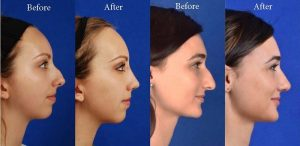
Swollen, tight and bruised nasal and cheek region, including bruising and swollen eyes. Nasal stuffiness, post-nasal drip and headache. Numbness or swelling in the region of the nose, lips and cheeks.
- Do not blow your nose for two weeks. You may sniff back gently, but no nose blowing. If you must sneeze, sneeze with your mouth open.
- To prevent bleeding and increased swelling, avoid extreme physical activity including athletic activities and intercourse. You may resume light walking three days after surgery. Aerobic exercise, weight training, heavy lifting, and straining may be gradually resumed three weeks after surgery. Don’t swim for one month since injuries are common during swimming.
- Absolutely avoid sun exposure, sun lamps, or tanning beds for six weeks after surgery. Heat may cause your nose to swell.
- Do not wear regular glasses or sunglasses that rest on the bridge of your nose for at least 6 weeks. You may wear glasses on your cast, once it’s removed we will instruct you on how to tape the glasses to your forehead to avoid pressure on your nose. Contact lenses may be worn the day after surgery.
- Don’t be concerned if the nose, eyes, and upper lip show some swelling after removal of the dressing – this usually resolves within 7 to 14 days. In certain patients, it may require six months for all swelling to completely subside.




